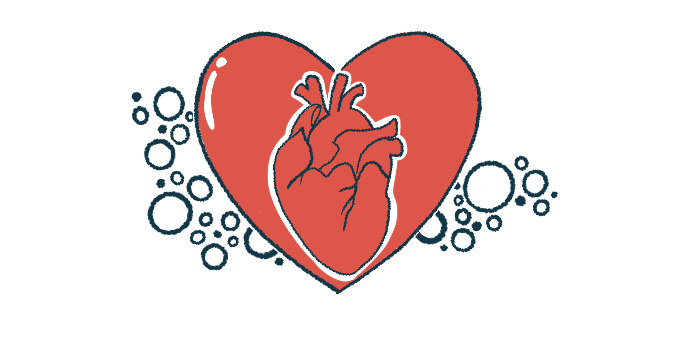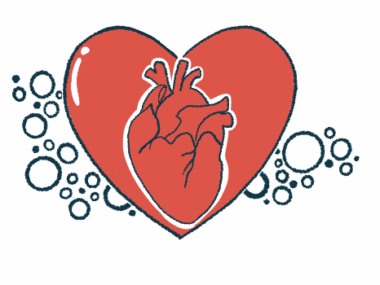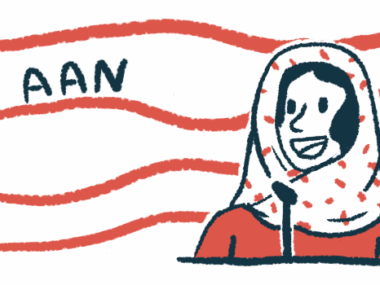Cutaneous sarcoidosis skin lesion location tied to heart involvement
Lesions on face, head, and lips may indicate higher cardiac sarcoidosis risk
Written by |

Cutaneous sarcoidosis patients with lesions on the head and face are significantly more likely to also have cardiac sarcoidosis, which is when the disease reaches the heart, a small study in the U.S. suggests.
The findings indicate the distribution of skin lesions is linked to the risk of cardiac sarcoidosis, and that patients with head and face lesions may be at a higher risk and should be seen by a cardiologist.
“Further studies may provide additional insight into the prognostic potential of cutaneous sarcoidosis,” the researchers wrote. The study. “Sarcoidosis-Specific Cutaneous Lesion Distribution in Clinical Assessment for Cardiac Sarcoidosis,” was published as a letter in JAMA Dermatology.
In sarcoidosis, granulomas, or small clumps of inflammatory cells, form and build up in several tissues and organs, causing damage. Up to 30% of patients manifest symptoms in the skin, called cutaneous sarcoidosis, that may occur early in the disease’s course and often include small bumps, or papules, thickened patches (plaques), or larger lumps (nodules).
Research suggests skin lesions “may be the presenting sign of systemic [whole body] disease,” the researchers wrote.
When granulomas form in the heart, they can cause irregular heart rhythms or even heart failure. An electrocardiogram, which records the heart’s electrical activity, can help screen for cardiac sarcoidosis. It’s unclear if advanced heart imaging is needed for sarcoidosis patients without heart-related symptoms, however.
Evaluating heart involvement in cutaneous sarcoidosis
Here, researchers in the U.S. looked at how common cardiac sarcoidosis is in cutaneous sarcoidosis patients and whether specific skin lesions are linked to a higher risk of heart involvement. They reviewed data from 216 cutaneous sarcoidosis patients (148 women, 68 men) treated at New York University Langone Health from 2000 to 2022 and NYC Health + Hospitals at Bellevue from 2019 to 2023. The patients’ mean age was 59.9 and all had disease involvements in at least two organs, including the skin.
Twenty-six patients (12%) also had cardiac sarcoidosis, and were significantly more likely to have skin lesions on the head or face than those without cardiac sarcoidosis (86.4% vs. 57.6%). Particularly, a significantly higher proportion of patients with cutaneous and cardiac sarcoidosis showed lesions in the scalp (40.9% vs. 15.8%), nose (54.5% vs. 29.1%), and lips (22.7% vs. 7.6%).
The cardiac sarcoidosis group was also significantly more affected by papules (71.4% vs. 39.9%), plaques (66.7% vs. 35.1%), and flat lesions, called macules (47.6% vs. 12.8%). Moreover, among the 24 patients with cardiac sarcoidosis who were evaluated by a dermatologist, most (79.2%) had facial involvement.
“The findings of this case series suggest that patients with cutaneous involvement of the nose or face may have a higher risk of [cardiac sarcoidosis] and should be referred to a cardiologist,” the researchers wrote. “However, observed differences should be interpreted in the context of a sample size discrepancy between patients with and without [cardiac sarcoidosis].”
They said larger studies are needed to confirm their findings.






